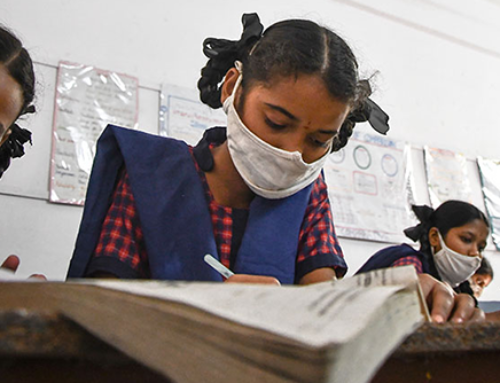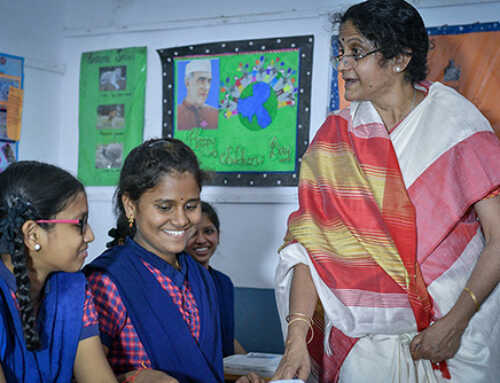The coronavirus has put a halt to school activities and hence girl education the most across the globe. Adolescent girls made up about 40% of India’s roughly 30 million out-of-school children before the pandemic. Gender disparity, safety concerns, and cultural norms discourage girls from attending school. The COVID-19 situation has now made the disparities females previously experienced worse. Their learning chances are also being further restricted by rising poverty, family duties, a lack of digital access, and child labour.
School closures due to the coronavirus (COVID-19) pandemic have had a significant impact on students’ learning experiences. India has a very high rate of school dropouts and female labor force participation remains low despite rapid growth in literacy rates. This paper argues that both male and female students face gender discrimination, inadequate nutrition, lack of medical care, poor sanitation, limited opportunities, and high levels of stress due to poverty. As such, these conditions compound each other, leading to a vicious cycle of problems.
A recent study revealed that COVID-19 was associated with higher odds of early pregnancy among girls aged 15–24 compared to those aged 25–49 years old. Moreover, the likelihood of early pregnancy increased with an increasing number of days missed from school. This suggests that girls who miss school because of COVID-19 might be more likely to become pregnant sooner.
Girls are More Vulnerable & the Dropout Rates
The pandemic has brought particular difficulties for girls’ education, particularly for girls from low-income families and girls living in rural areas. Threats to girls have increased, such as child marriage, adolescent or early pregnancies, and violence against women. Due to the economic repercussions of the pandemic on families, many girls were married off in return for money.
Teenage or early pregnancy rates increased as a result of the rise in child marriage. Additionally, there was a rise in sexual abuse occurrences, which resulted in unintended pregnancies and survivors’ increased likelihood of dropping out of school. These have had an effect on our local communities, as well.
The COVID pandemic’s impact on education could set back efforts toward achieving gender equality in the classroom. According to reports, the number of females who won’t be able to attend school again after the pandemic will sharply grow.
In East Asia and the Pacific before the epidemic, 15 million girls were not attending school. More than 20 million girls (from pre-primary to upper secondary) are at risk of dropping out and may never go back to school, according to the Malala Fund’s analysis of COVID-19.
Building Back Better
For girls, having access to technology is essential. People must be technologically literate to succeed in the 21st century economy. Since girls have traditionally been left out, it’s critical to give them the knowledge and abilities they need to use technology to advance their interests and aspirations.
The world must address larger structural issues including child marriage and the rights of girls to sexual and reproductive health. Due to the financial challenges families experienced during the lockdowns and the paradigm shift in working conditions, there may be an increase in child marriages after COVID-19.
The way we live and work has unavoidably changed due to COVID-19 pandemic. Hospitals and medical personnel are overburdened with patients with the covid-19 virus, and lives continue to be lost. While the pandemic has been contained through measures including social segregation, mask wear, and bans on big gatherings, specific steps must be made to lessen the pandemic’s effects on girls, especially on their education.
Every girl has the right to education, and it is also essential for the development of society. A girl’s education promotes economic development, political leadership, peace, benefits the environment, saves lives, and does a lot more. As a result of COVID-19, millions of girls are at risk of dropping out of school. Thus, it is critical that we all take action right away to support the development of girls.





